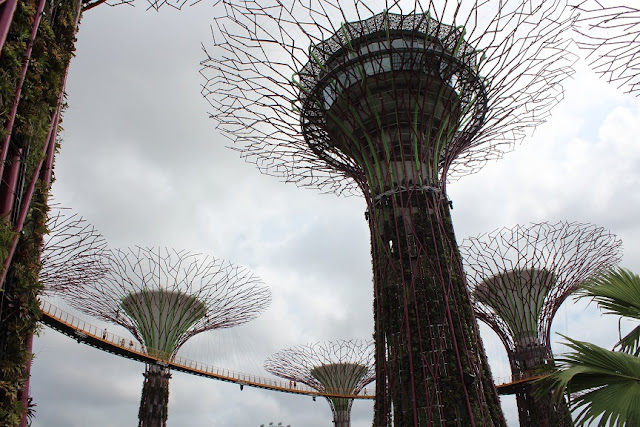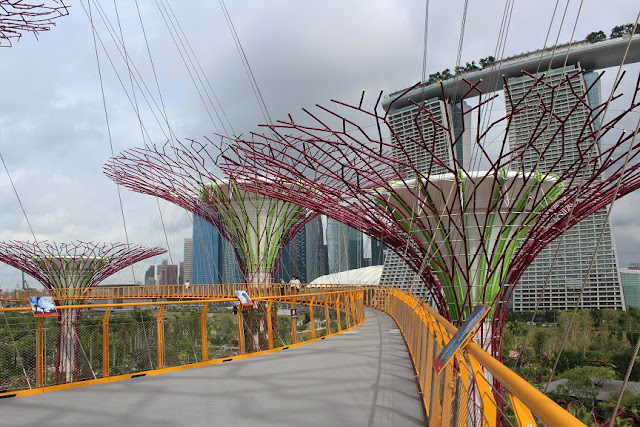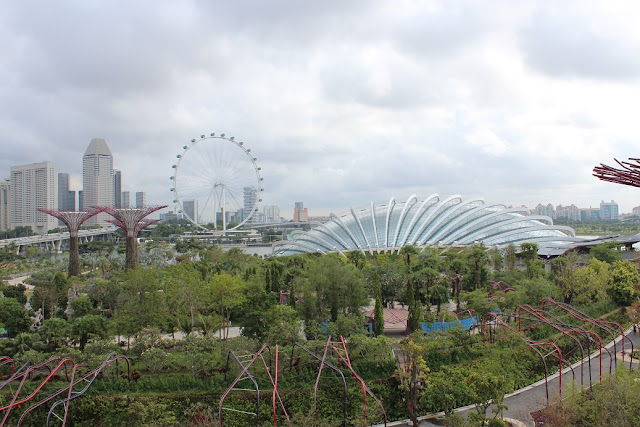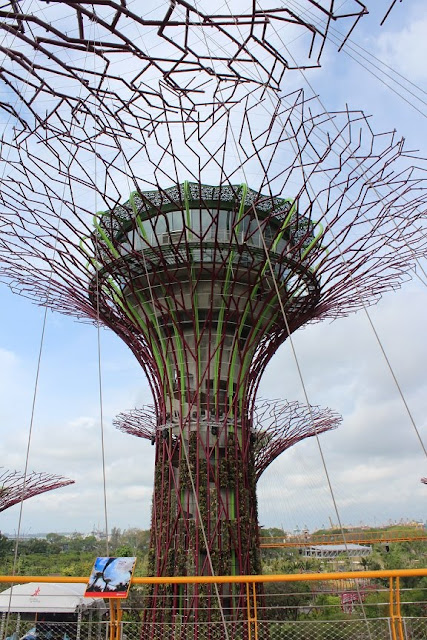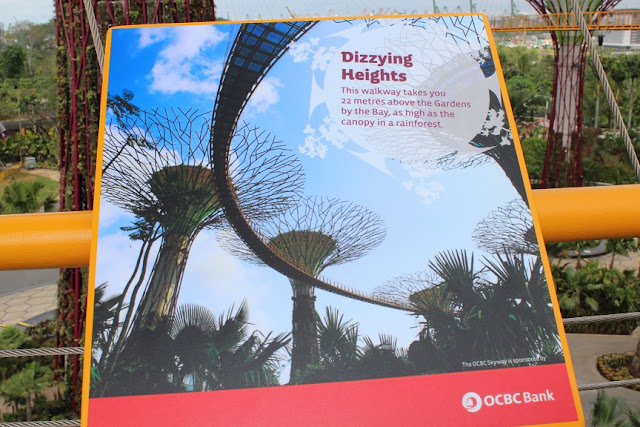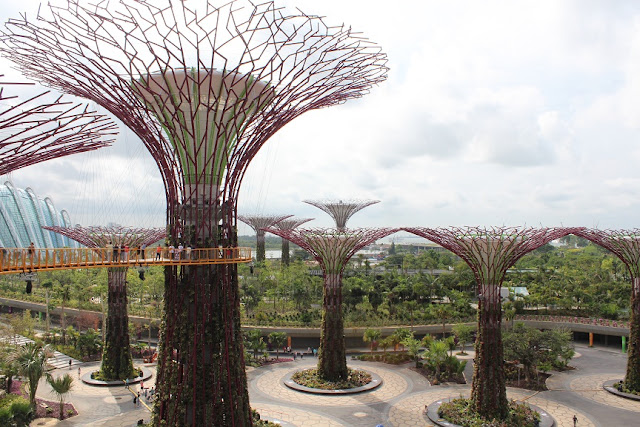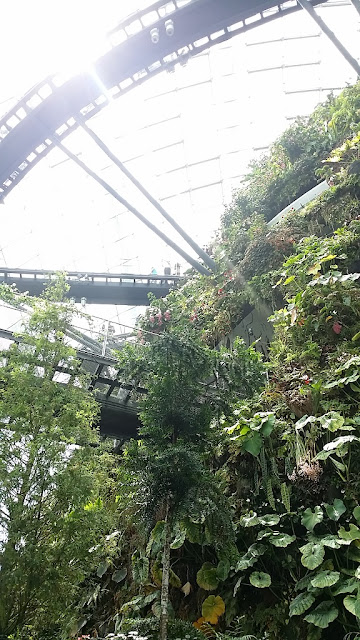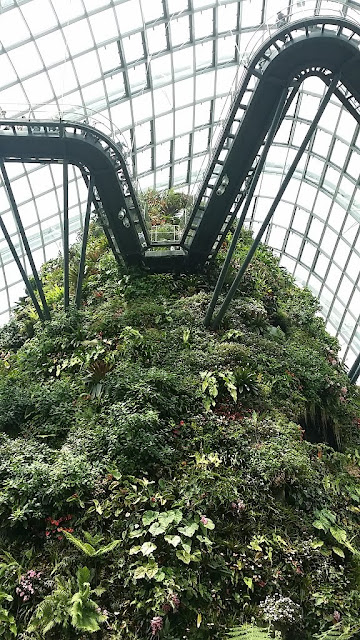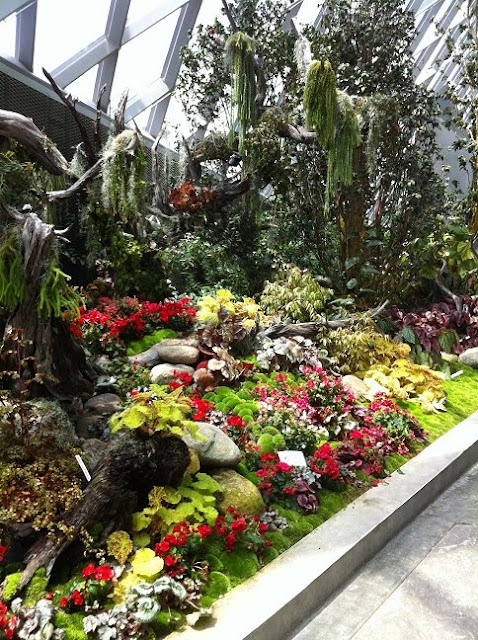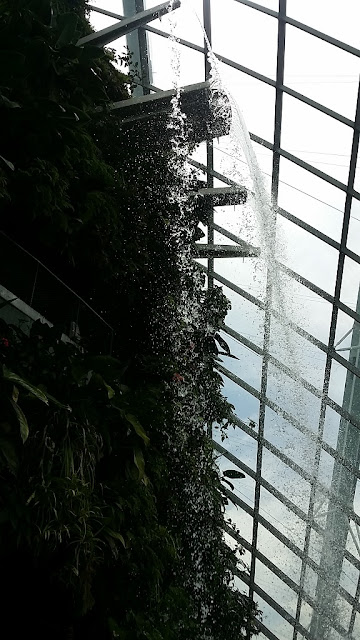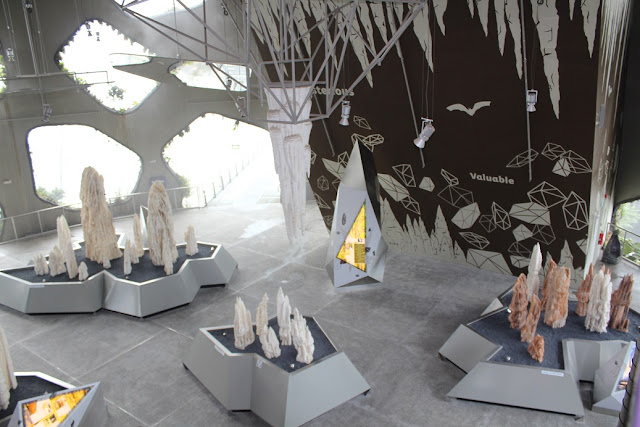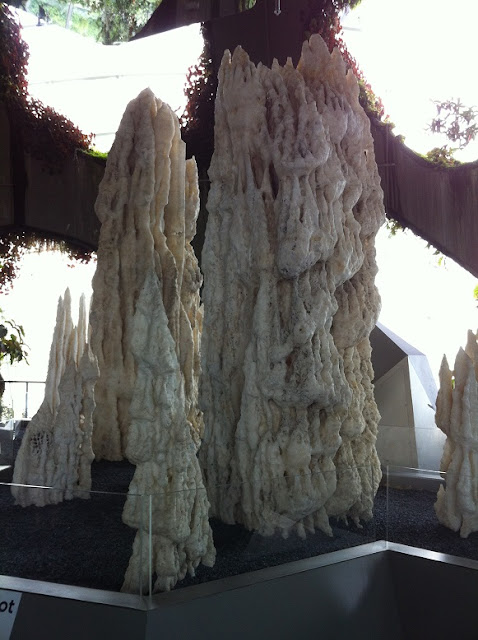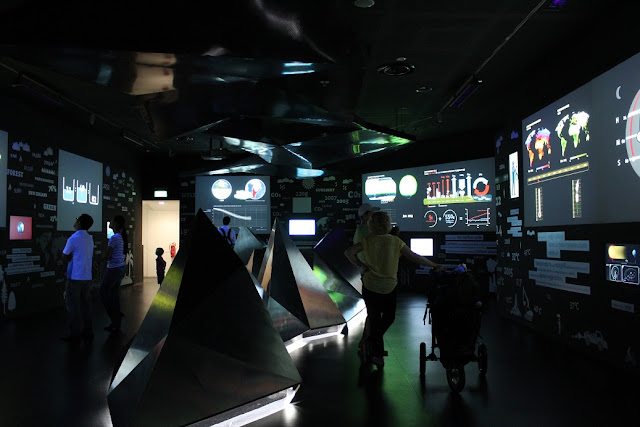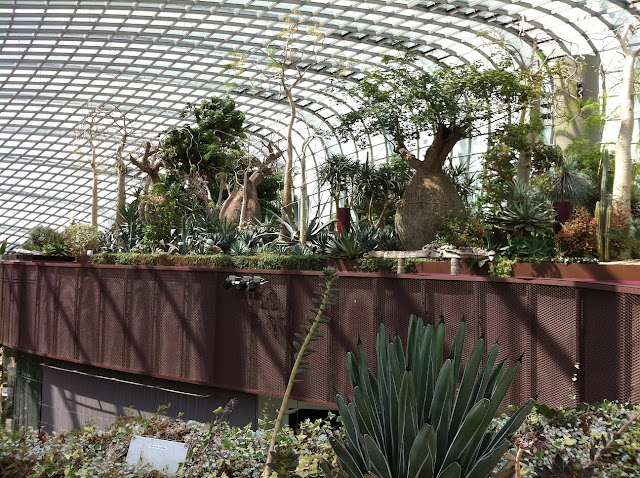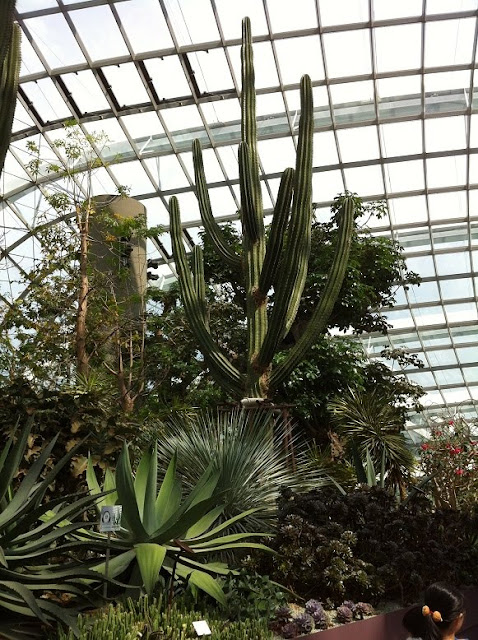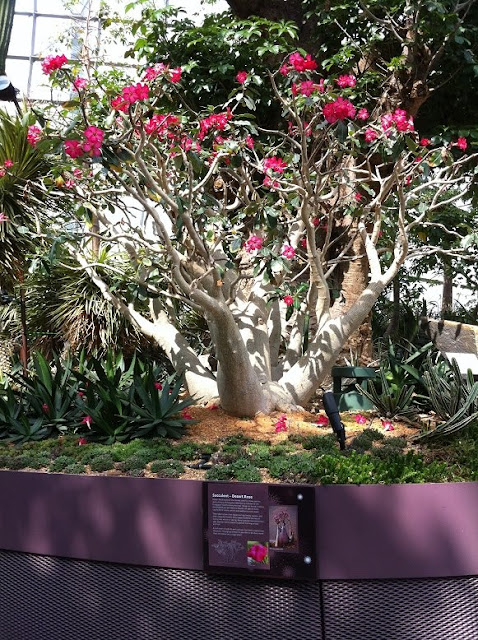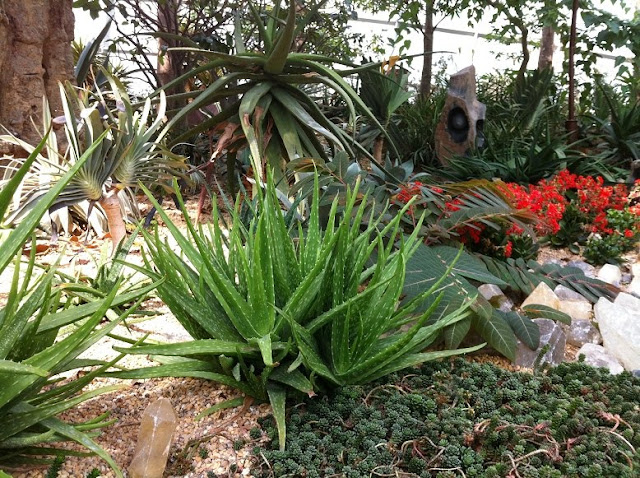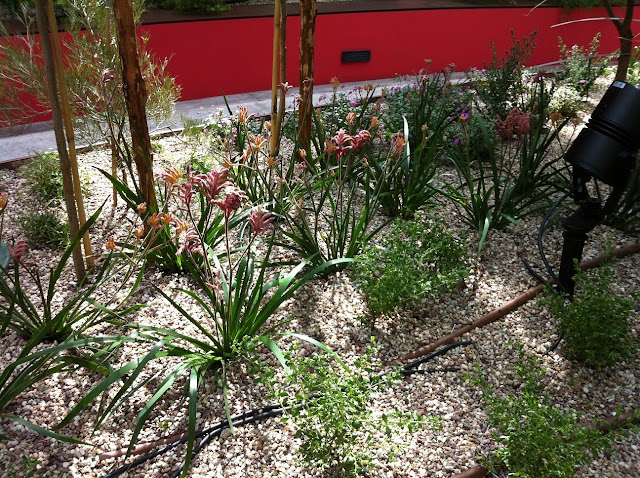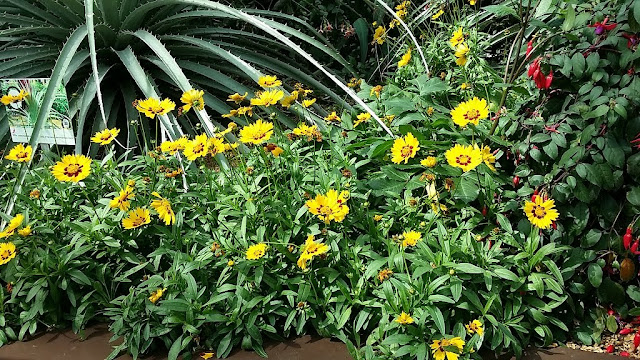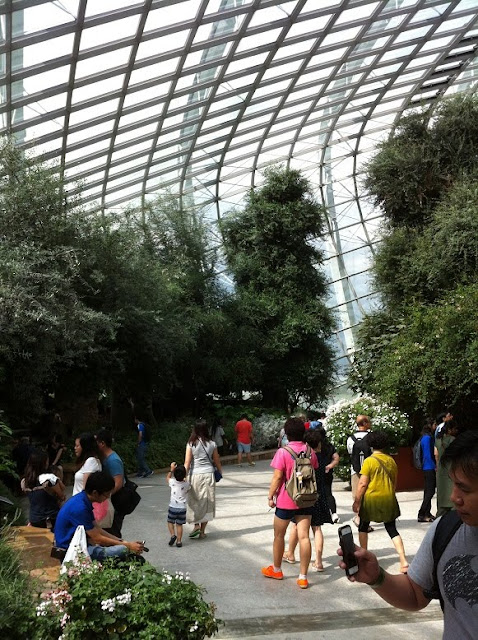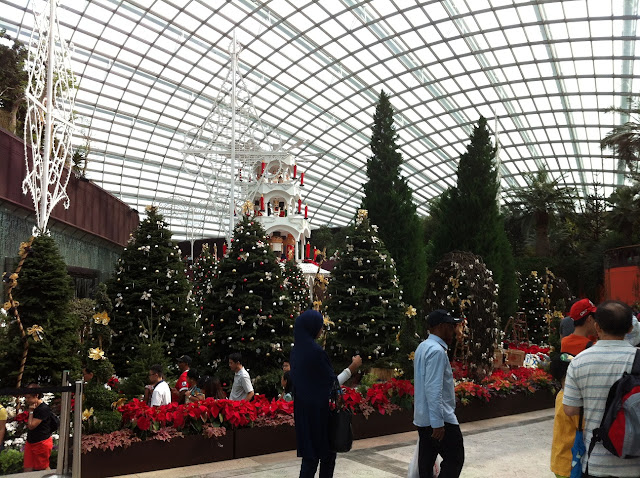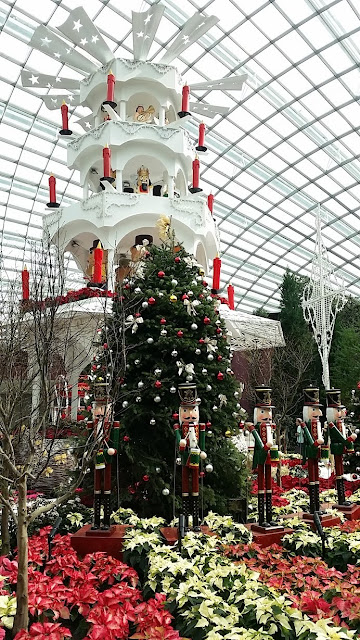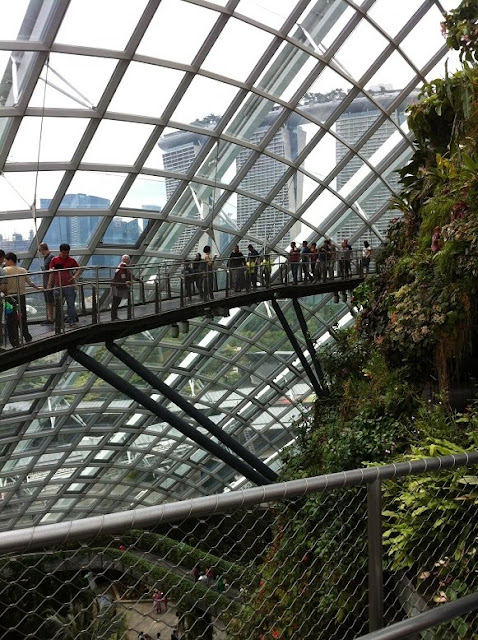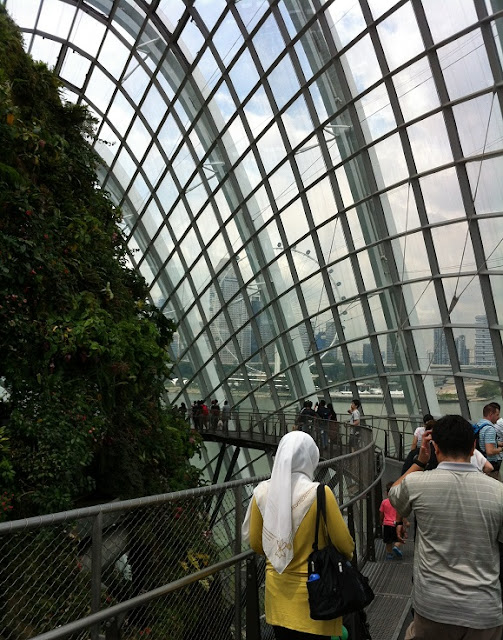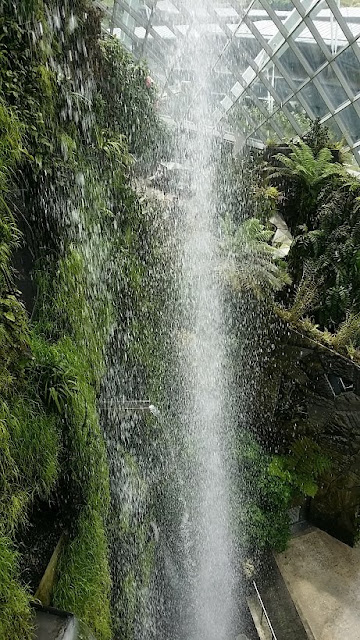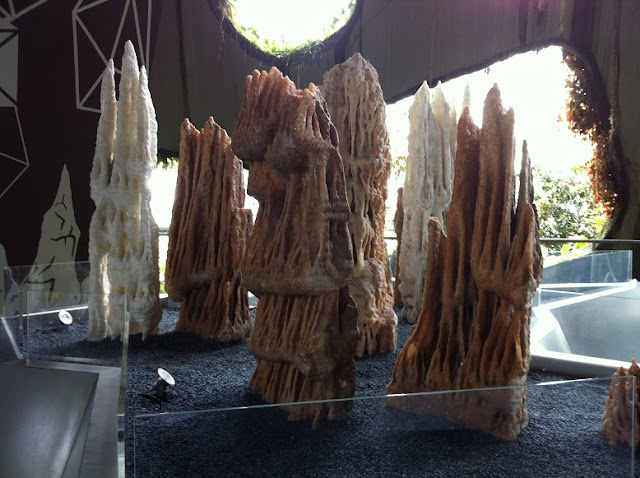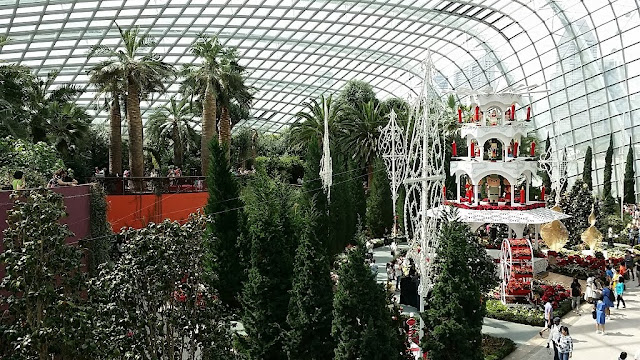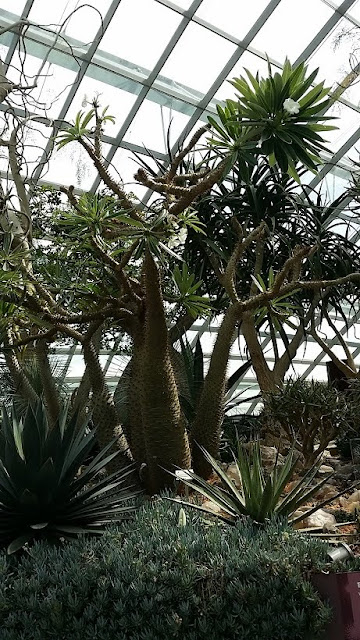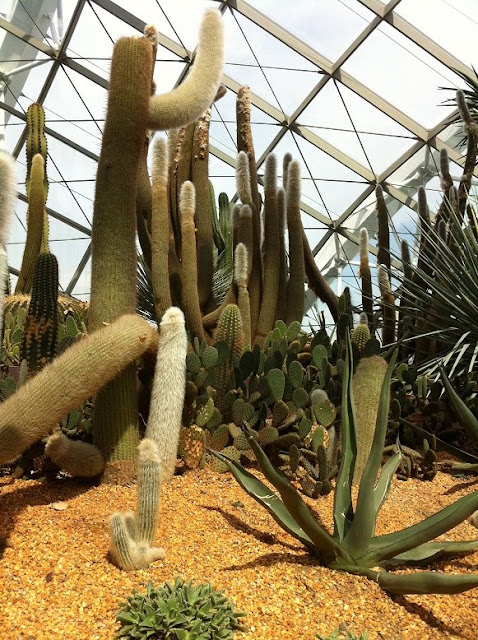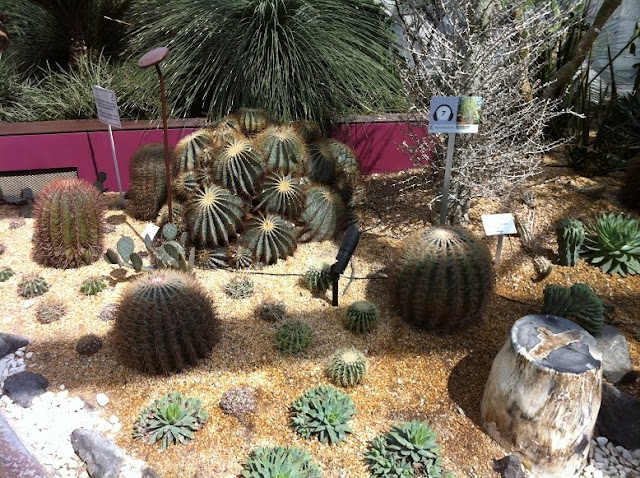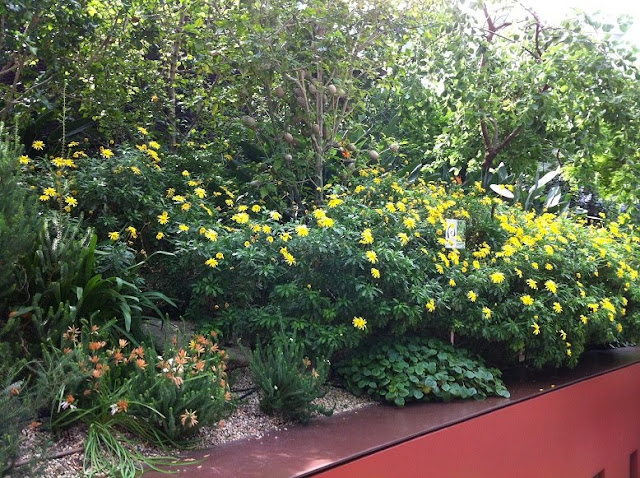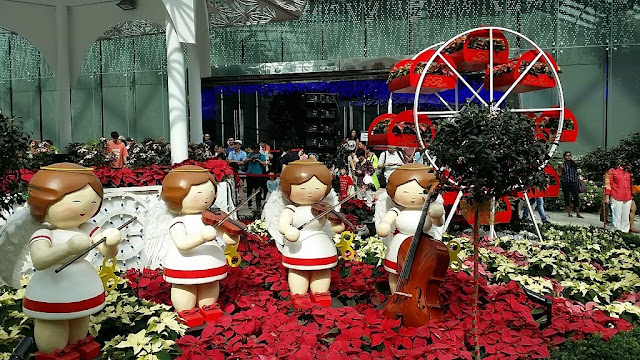You have been eyeing your favourite oversea holiday destination for some time and you have decided to go for it. However, should you contact a travel agent to book a tour package or organise a free and easy tour by yourself?
By booking your tour through a travel agent, you will enjoy the benefit and ease by selecting from a number of standard tour itineraries prepared by the travel agent. Select the itinerary that you like and fits your budget and schedule, pay the fee and there's nothing else to worry again. The rest of the details will be handled by the travel agent. On the other hand, planning a free and easy tour will require you to arrange everything by yourself, which includes booking of flight, hotel, attractions and transportation.
Although it requires some efforts to prepare a free and easy tour, it is actually quite easy to do it as many of the arrangements can be done through the Internet nowadays. In addition, I would like to share some of the benefits for preparing your own free and easy tour:
1. You choose your own travel itineraryThe biggest advantage is you get to decide where you want to go, what you want to do and how you want to spend your time at the destination. Depending on your own interest, you can plan more museum visits if you like to know more about the local culture and history, spend more time on the beach if you are a beach lover and like to try out different types of sea sports, spend your time at a theme park if you enjoy thrilling rides, or have more time shopping around the malls and shopping streets if you are a shopaholic. You may also have the option to experience the normal life of the locals by commuting via the local transportation modes like metro, or attend a cooking class that teaches you how to prepare and cook a popular local dish.
Tour itineraries from travel agent are often fixed (although some may allow minor adjustments and customisation), and not all the attractions or activities may be of interest to you. Since there's a fixed itinerary to follow, you also don't get to extend your stay at a particular attraction if you really want to explore the area in more detail. When the tour group is large, it's quite often that some other tour members would come back late to the assembly point, thus leading to delay to the subsequent tour itineraries. It is also quite often that "additional" itineraries will be added to the tour group that you are not aware of initially, such as visit to jewelry, handicraft and souvenir shops etc. If that's something you like and enjoy, that's fine, otherwise these are taking away time that could have spent on actual travel itineraries.
2. You choose your own accommodationEveryone has their own preference to their home interior design, thus that's no difference when you are travelling on the requirements of your hotel accommodation. You may want to spend your private time with your love ones at a luxurious villa that comes with your own private swimming pool, hotel room that comes with balcony facing the beach or garden, or a hotel based on a nostalgia theme etc. In addition, almost all hotels have their presence on the Internet, major online hotel platforms such as Agoda.com, Booking.com and Tripadvisor provide extensive archives of hotel reviews, which allows you to evaluate a potential hotel's service quality, facility conditions, room cleanliness, meal options and location etc, based on the inputs provided by other travelers who had previously stayed in that hotel. This ensures that you get to select an accommodation with the best value.
If you are on a group tour, normally you do not get to choose your accommodation. Even if a choice is given, you are typically given handful choices from a list the travel agent works with. As compared to booking through the online platforms, you can select from almost all the accommodations available within the area of your stay.
3. You choose your own mealsEveryone has their own preference on meals. Due to your own personal reasons, some may not be able to consume seafood or some other meats. During a free and easy trip, you simply decide what you can and want to eat for your 3 meals. You can have your meal along a popular local food street, a quick bite at your favourite fast food like MacDonald's or Subway, or a lavish fine dining at a Michelin star restaurant.
If you are on a group tour, meals are typically fixed at a particular restaurant to accommodate the majority of the group members. Based on your own taste, you may or may not like them. However, I have seen in recent years where there has been a trend to embed a few meals at the choice of the group members when they are to have their meal during a free and easy breakout at a particular destination.
4. You control your own budgetIf you are on tight budget for the travel, you will be able to adjust the overall costs when you travel on free and easy. Apart from the itinerary, hotel accommodation and meals selections mentioned above, you can also achieve some cost savings from the flight by taking no frills budget airlines, or snap up an irresistible promotion from the airline. Choice of local transportation modes also helps you to control your budget.
5. You get to know more about your travel destinationPlanning a free and easy trip requires you to research in advance on the attractions and tour area. While doing that through the Internet, books or magazines, you also get to know more about the history of the attraction/destination, its historical and cultural significance, what special highlights to look out for and what local specialties you can buy before you set foot over there.
Other than handling all the travel arrangements by your own, another popular trend is to opt for a kind of hybrid between packaged group tour and free and easy. This includes purchasing the flight and hotel online, while land tour package will be purchased from a local travel agent at the destination. This kind of travel arrangement is popular in two conditions. Firstly, the public transportation system of the destination is not very developed. Attractions could be inaccessible by public transport (e.g. located far and deep in a mountain range or countryside) and is too costly to travel there by private taxi. Secondly, majority of the local population does not speak and understand English or other languages you are familiar with. This also includes road signs and restaurant menu written in their native languages you simply do not understand. Travelling totally free and easy by your own to these places can be very challenging. A local packaged tour will typically include a local tour guide that helps you to bridge the communication gap.

